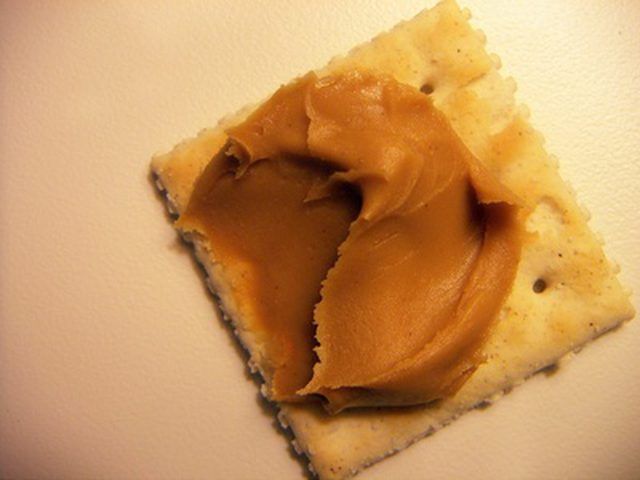Bulbs
Flower Basics
Flower Beds & Specialty Gardens
Flower Garden
Garden Furniture
Garden Gnomes
Garden Seeds
Garden Sheds
Garden Statues
Garden Tools & Supplies
Gardening Basics
Green & Organic
Groundcovers & Vines
Growing Annuals
Growing Basil
Growing Beans
Growing Berries
Growing Blueberries
Growing Cactus
Growing Corn
Growing Cotton
Growing Edibles
Growing Flowers
Growing Garlic
Growing Grapes
Growing Grass
Growing Herbs
Growing Jasmine
Growing Mint
Growing Mushrooms
Orchids
Growing Peanuts
Growing Perennials
Growing Plants
Growing Rosemary
Growing Roses
Growing Strawberries
Growing Sunflowers
Growing Thyme
Growing Tomatoes
Growing Tulips
Growing Vegetables
Herb Basics
Herb Garden
Indoor Growing
Landscaping Basics
Landscaping Patios
Landscaping Plants
Landscaping Shrubs
Landscaping Trees
Landscaping Walks & Pathways
Lawn Basics
Lawn Maintenance
Lawn Mowers
Lawn Ornaments
Lawn Planting
Lawn Tools
Outdoor Growing
Overall Landscape Planning
Pests, Weeds & Problems
Plant Basics
Rock Garden
Rose Garden
Shrubs
Soil
Specialty Gardens
Trees
Vegetable Garden
Yard Maintenance
How to Make a Multi-Catch Rat Trap
How to Make a Multi-Catch Rat Trap. If you have a rat infestation and you are looking for an alternative to poison, but want to be able to make multiple catches, then a multi-catch rat trap is the way to go. Poisons kill rats, but then the decomposing rats leave horrible odors within walls and hard-to-reach places. Avoid this stench by using a trap...
If you have a rat infestation and you are looking for an alternative to poison, but want to be able to make multiple catches, then a multi-catch rat trap is the way to go. Poisons kill rats, but then the decomposing rats leave horrible odors within walls and hard-to-reach places. Avoid this stench by using a trap that can catch and kill dozens of rats each time you bait it. This method is called the bucket trap and drowns its victims.
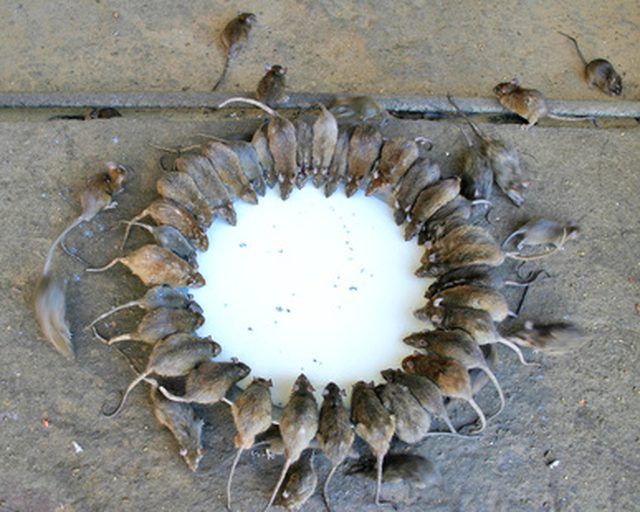
Things You'll Need
Plastic 5-gallon bucket
Electric drill
1/2-inch drill bit
1/2-inch wood dowel, 14 inches long
8-oz. aluminum pop can
Hammer
3/4-inch steel punch
Tube of adhesive
Caulking gun
One 2-inch by 4-inch board, 24-inches long
One piece of carpet 4 inches wide and 24 inches long
2 gallons of water
Jar of peanut butter
Butter knife
Step 1
Locate the bucket handle hinges on each side of the bucket. Drill two holes through the plastic directly above these hinges on each side of the bucket with an electric drill using a 1/2-inch drill bit. Poke the wood dowel through the two holes to see if it fits. Remove one end of dowel from hole and leave it in the bucket.
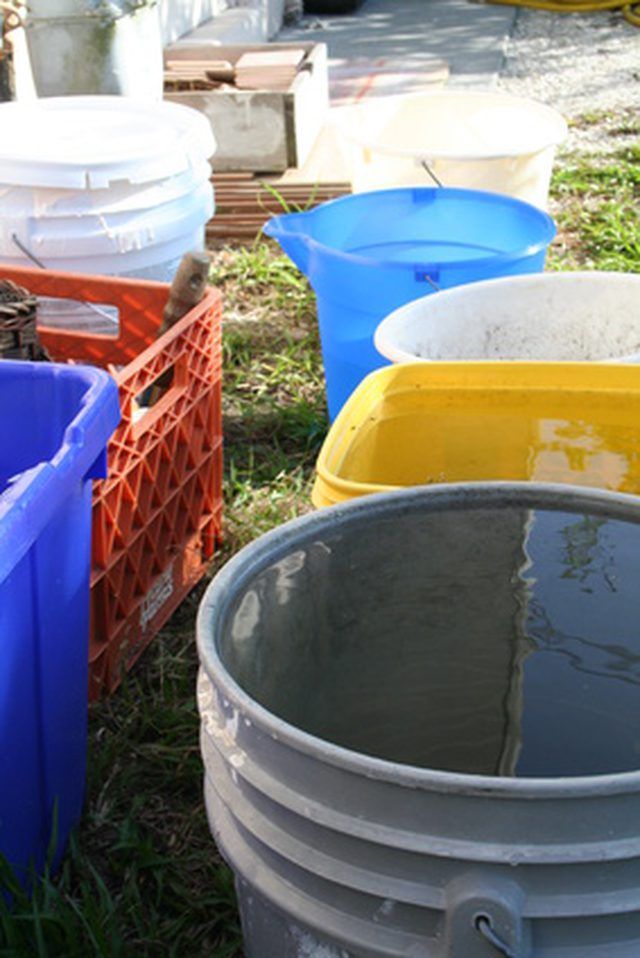
Step 2
Place the pop can on a hard surface, tab down, and punch a hole through the bottom with hammer and 3/4-inch steel punch. Slide the free end of the wood dowel through this bottom hole through the can and out the tab end. Poke the wood dowel through the empty hole in the bucket and then center the pop can in the middle of the bucket. Spin the can on the dowel with your hand to make sure it spins freely.
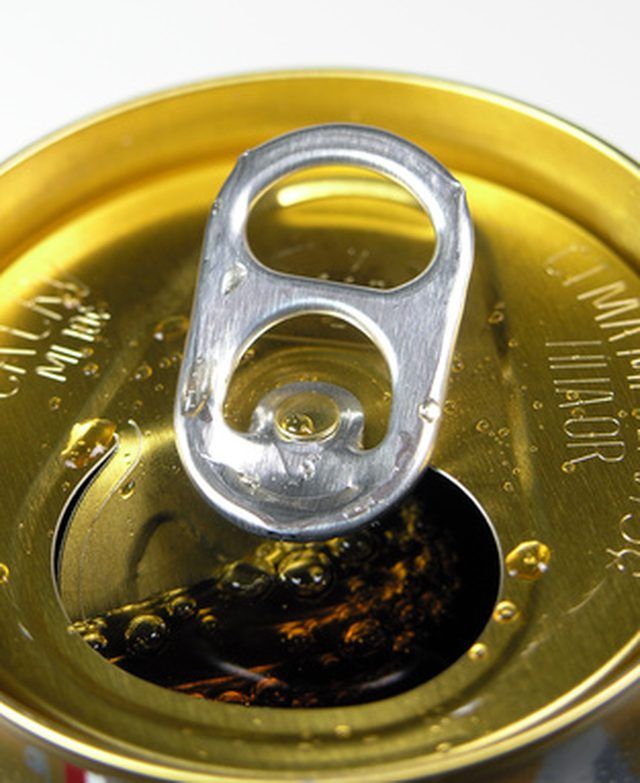
Step 3
Load a tube of adhesive in to the caulking gun and squirt a bead along the entire length of the 2-inch by 4-inch board that is 24-inches long. Adhere the carpet to this board with the shag side of the carpet facing up. Lean this board so that one end is on the rim of the bucket and the other is on the ground with the carpet side facing up. This will act as the bridge for the rat to climb up to the edge of the bucket rim.
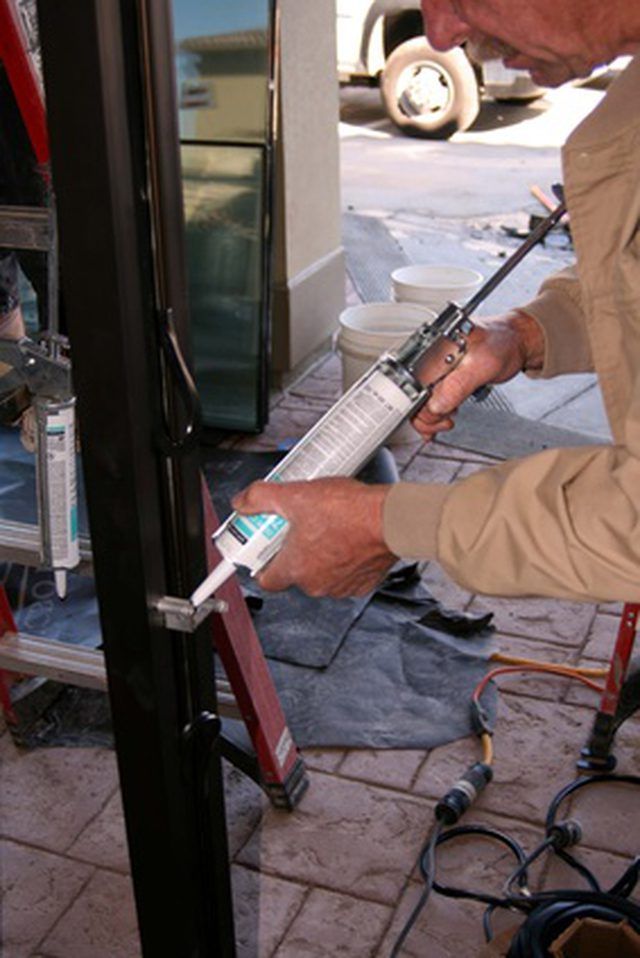
Step 4
Place the bucket trap in the area where you desire to trap rats and then fill the bucket with 2 gallons of water. Bait the trap by covering the aluminum pop can with peanut butter using a butter knife.
